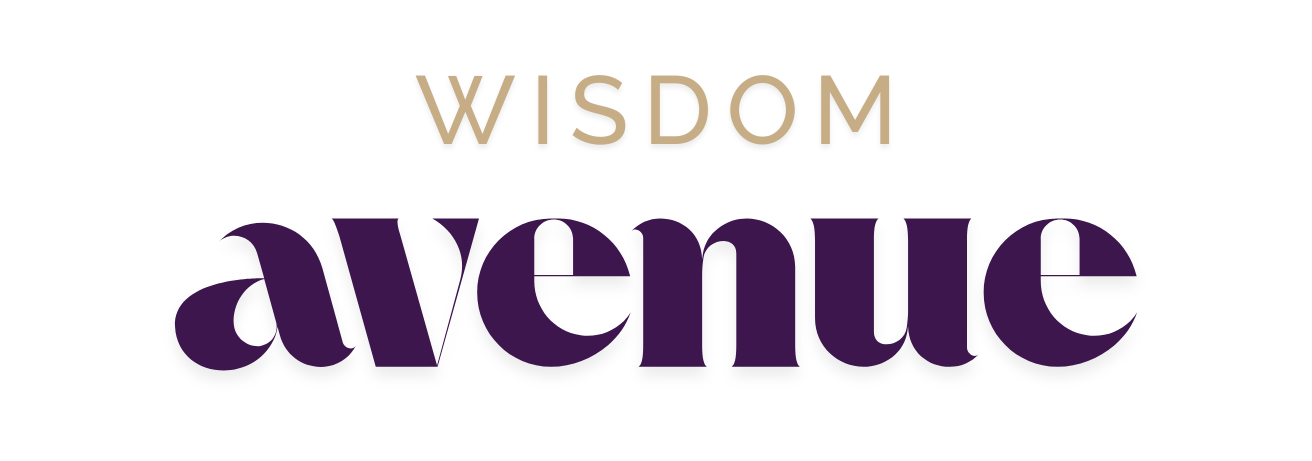Outline:
- Rejection as a Mirror
- The Difference Between Worth and Outcome
- What Closes Often Points Somewhere New
- Learning to Stay with Discomfort
- The Door That Opens Inward
- FAQs
Rejection doesn’t whisper. It strikes. An email that never comes. A conversation that shifts. A door that closes, sometimes gently, sometimes with a slam. We all know that moment—the sinking feeling, the tight chest, the mind spinning in search of what went wrong. Rejection isn’t just disappointment. It feels personal. It pokes at our sense of belonging, our worth, our voice. And yet, hidden inside these sharp moments is something rare: a chance to pause, to listen, and to understand ourselves in a way that success rarely invites. Because when life says no, it’s not always the end of something. Sometimes, it’s the beginning of a deeper way of seeing.
Rejection as a Mirror
What if rejection isn’t a wall, but a mirror?
A space where we’re forced to face ourselves without the distraction of applause, approval, or outcome. When something doesn’t go our way—when we’re not chosen, not understood, not invited—we’re left alone with our own response.
Do we collapse? Do we lash out? Or do we take a breath and ask: What was I really seeking here? Rejection reveals the hidden attachments we carry. The silent contracts we’ve written:
“If they say yes, I’ll feel enough.”
“If this works out, I’ll finally be seen.”
“If I succeed here, I’ll stop doubting myself.”
When those outcomes fall away, we’re left with the real work: Learning to separate our worth from the world’s reaction.
The Difference Between Worth and Outcome
One of the most painful myths we carry is that our value is determined by outcome. If the project is accepted, the pitch approved, the person chooses us—we feel valuable. If not, we feel like something is missing in us. But what if we shifted the lens?
Rejection doesn’t define your value—it tests your alignment. It asks:
- Were you doing this for approval, or because it was true to you?
- Were you seeking validation, or expressing something real?
When a door closes, the ego says: They didn’t want me.
But the deeper self asks: Was this ever truly mine?
That question alone can change your path. It can help you choose more intentionally. It can remind you that you don’t create to be accepted—you create because it’s who you are.
What Closes Often Points Somewhere New
Think back to a rejection that once devastated you. A job you didn’t get. A person who walked away. A chance that slipped through.
Now ask: Where did life take me instead?
Often, we find that rejection redirected us. That the detour became the destination. That the “no” cleared space for something more honest, more expansive, more real.
The mind doesn’t like blank space. It clings to what it knows. But rejection tears away the familiar, forcing us to explore what we might never have chosen on our own.
In that way, rejection is less a punishment, and more a form of unwelcome clarity.
Learning to Stay with Discomfort
We’re conditioned to avoid discomfort. To fix, to distract, to move on quickly. But rejection invites the opposite: to stay, to feel, to listen.
- What does this hurt reveal about what matters to me?
- Where have I outsourced my sense of value?
- What part of me is asking to be seen—by me?
These are not easy questions. But they are the kind that transform.
Rejection can be a brutal teacher. But if we’re willing, it becomes a wise one.
It teaches resilience not as hardening, but as staying soft without falling apart.
It teaches strength not as avoidance, but as presence.
And slowly, we realize: the world can say no to what we do, but it cannot take away who we are.
The Door That Opens Inward
Not every rejection is a sign. Not every closed door is a cosmic redirection. But each “no” contains a moment of choice.
- We can shrink. Or we can inquire.
- We can chase approval. Or we can return to alignment.
- We can let rejection harden us—or deepen us.
Because sometimes, the door that closes out there is the very thing that opens the door in here—to self-trust, to clarity, to freedom from the need to prove.
So when life says no, don’t rush to escape the feeling. Sit with it. Let it speak. And then, choose your next step not from fear—but from the quiet knowing that your worth was never in question.
FAQs
1. How do I know if a rejection is a sign to give up or to try again?
Check your alignment. If your motivation is still rooted in authenticity—not approval—it may be worth trying again, perhaps in a new way.
2. Why does rejection feel so personal even when it’s not?
Our brains are wired for social belonging. Rejection triggers the same areas as physical pain, which is why it can feel deeply personal—even when it’s circumstantial.
3. How can I grow from rejection without losing confidence?
Reframe rejection as feedback, not judgment. Use it as a mirror to reflect, refine, and reconnect with your inner reasons for doing what you do. Confidence grows when it’s rooted in self-awareness, not outcome.








